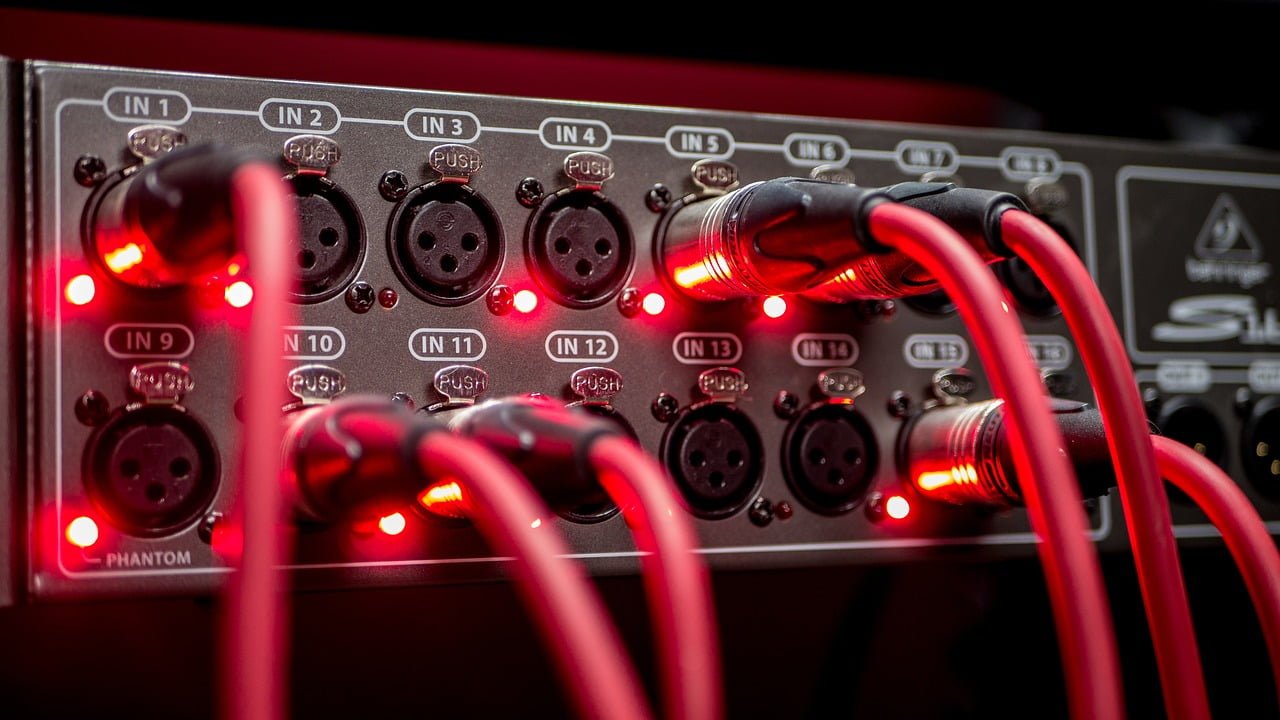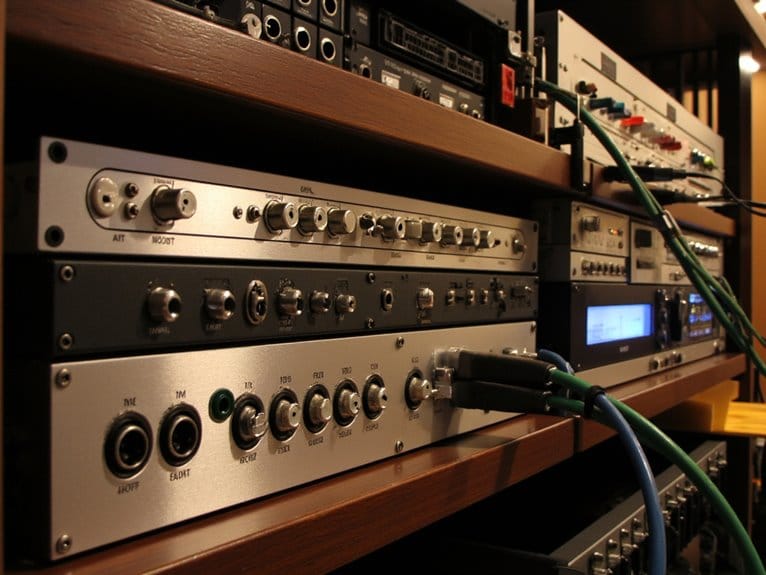Cable Testing Tools: Ensuring the Integrity of Your Signal Chain
In troubleshooting network issues, using cable testing tools is akin to a detective following clues to solve a mystery. Recently, I encountered a situation where a seemingly simple connectivity problem turned out to be a faulty cable deep within the infrastructure. By employing the right cable testing tool, I swiftly pinpointed the issue and restored network functionality. Understanding how these tools work and their significance in maintaining signal integrity is critical for network professionals. The ability to guarantee a smooth signal chain is not just about fixing problems but about preemptively securing network reliability.
We are supported by our audience. When you purchase through links on our site, we may earn an affiliate commission, at no extra cost for you. Learn more.
Importance of Cable Testing Tools
Using cable testing tools is essential for ensuring the reliability and integrity of signal chains in network infrastructure. These tools play a critical role in maintaining signal integrity, optimizing network performance, and preventing connectivity issues. By adhering to industry standards, cable testing tools aid in the early identification of faults, enabling prompt rectification and minimizing downtime.
Ensuring signal integrity is paramount in the networking industry, where even minor disruptions can lead to significant operational issues. Cable testing tools serve as proactive measures to mitigate such risks, allowing for a proactive approach to network maintenance. By utilizing these tools regularly, organizations can preemptively address potential problems before they escalate, thereby saving time and resources in the long run.
The cost-effectiveness of cable testing tools cannot be overstated. Investing in quality testing equipment may seem like an initial expense, but it pales in comparison to the potential costs incurred due to network downtime or inefficient performance. By conducting routine tests and inspections, businesses can effectively manage their network infrastructure, ensuring seamless operations and reducing the likelihood of costly disruptions. Essentially, cable testing tools are indispensable assets for any organization looking to maintain a robust and efficient network environment.
Types of Cable Testing Techniques
To thoroughly assess cable integrity, a variety of cable testing techniques are utilized, each serving distinct purposes in guaranteeing network reliability. These techniques include:
- Time Domain Reflectometry (TDR): TDR is instrumental in measuring cable length accurately and pinpointing faults such as open circuits, shorts, and impedance mismatches. By analyzing the time taken for signals to reflect back, TDR provides valuable insights into the cable’s condition and integrity.
- Wiremap Testing: This technique verifies the correct wiring configurations and pin assignments in network cables. By verifying that cables are connected according to the specified standards, wiremap testing helps prevent connectivity issues and ensures smooth data transmission.
- Resistance Testing: Resistance testing evaluates the electrical resistance in cables to confirm proper signal transmission. By measuring the resistance along the cable, this test helps identify any anomalies that could impact the signal quality and overall network performance.
Detecting Signal Chain Faults
Signal chain faults within a network infrastructure encompass a range of issues such as signal degradation, noise interference, impedance mismatches, and signal loss. Detecting these faults is important for maintaining the best signal quality and ensuring network reliability. To achieve this, specialized cable testing tools like Time Domain Reflectometers (TDRs), oscilloscopes, spectrum analyzers, and network cable testers are employed.
TDRs are particularly effective in pinpointing the location of faults by analyzing the time it takes for signals to reflect back. Oscilloscopes help visualize signal waveforms, making it easier to identify anomalies such as noise interference. Spectrum analyzers are useful for detecting frequency-related issues that could lead to signal degradation. Network cable testers provide thorough assessments of cable health, including impedance mismatches and signal loss.
Difference Between Cable Testers
Moving from detecting signal chain faults to the difference between cable testers, understanding the distinctions is important for selecting the appropriate tool for specific testing requirements. Cable testers diagnose physical layer issues in ethernet cables, ensuring proper wiring and connections, while ethernet network testers focus on operational performance and higher-level network problems beyond cable integrity. To choose the right tool for testing needs effectively, consider the following:
- Focus on Physical Layer: Cable testers primarily concentrate on verifying the physical layer of the network, ensuring that the wiring and connections are correct to maintain signal integrity and reliability.
- Network Performance Assessment: Ethernet network testers go beyond basic cable testing functions to assess network performance comprehensively. These tools provide advanced features such as packet capture and detailed network component assessment for in-depth analysis.
- Matching Testing Needs: Understanding the differences between cable testers and ethernet network testers is important for matching the tool with specific testing requirements. Depending on the complexity of the network and the depth of analysis needed, selecting the right tester ensures accurate and efficient testing processes.
Choosing the Right Cable Tester
Selecting the appropriate cable tester is important for ensuring the integrity and reliability of your signal chain. When choosing a cable tester, factors such as electrical testing needs, network cable tester capabilities, and maintenance requirements should be carefully considered. Different types of cable testers cater to various testing complexities, from simple continuity testing to in-depth qualification and certification analysis.
Advanced features like PoE detection and VLAN identification enhance the testing capabilities of cable testers, allowing for a more thorough assessment of signal strength and network performance. It is essential to make certain that the chosen cable tester is compatible with the specific types of cables, connectors, and network components you intend to test.
Maintenance requirements should also be taken into account when selecting a cable tester, as some models may need regular calibration or software updates to maintain accuracy. By choosing a cable tester with the right features and compatibility, you can effectively diagnose faults such as opens, shorts, and incorrect wiring, ultimately safeguarding the efficiency of your signal chain.







